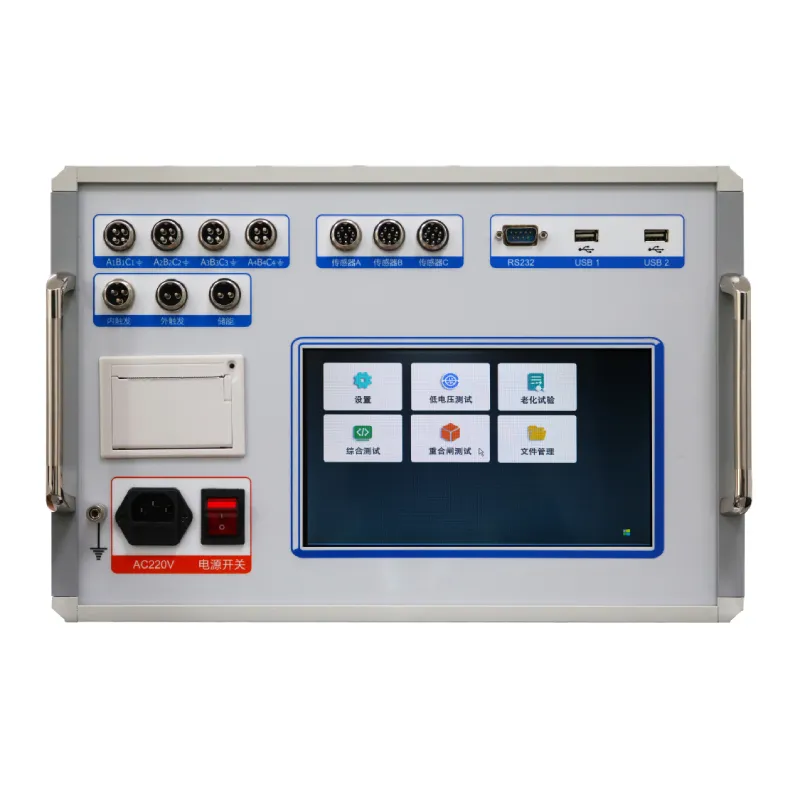 English
English



-
 Afrikaans
Afrikaans -
 Albanian
Albanian -
 Amharic
Amharic -
 Arabic
Arabic -
 Armenian
Armenian -
 Azerbaijani
Azerbaijani -
 Basque
Basque -
 Belarusian
Belarusian -
 Bengali
Bengali -
 Bosnian
Bosnian -
 Bulgarian
Bulgarian -
 Catalan
Catalan -
 Cebuano
Cebuano -
 China
China -
 China (Taiwan)
China (Taiwan) -
 Corsican
Corsican -
 Croatian
Croatian -
 Czech
Czech -
 Danish
Danish -
 Dutch
Dutch -
 English
English -
 Esperanto
Esperanto -
 Estonian
Estonian -
 Finnish
Finnish -
 French
French -
 Frisian
Frisian -
 Galician
Galician -
 Georgian
Georgian -
 German
German -
 Greek
Greek -
 Gujarati
Gujarati -
 Haitian Creole
Haitian Creole -
 hausa
hausa -
 hawaiian
hawaiian -
 Hebrew
Hebrew -
 Hindi
Hindi -
 Miao
Miao -
 Hungarian
Hungarian -
 Icelandic
Icelandic -
 igbo
igbo -
 Indonesian
Indonesian -
 irish
irish -
 Italian
Italian -
 Japanese
Japanese -
 Javanese
Javanese -
 Kannada
Kannada -
 kazakh
kazakh -
 Khmer
Khmer -
 Rwandese
Rwandese -
 Korean
Korean -
 Kurdish
Kurdish -
 Kyrgyz
Kyrgyz -
 Lao
Lao -
 Latin
Latin -
 Latvian
Latvian -
 Lithuanian
Lithuanian -
 Luxembourgish
Luxembourgish -
 Macedonian
Macedonian -
 Malgashi
Malgashi -
 Malay
Malay -
 Malayalam
Malayalam -
 Maltese
Maltese -
 Maori
Maori -
 Marathi
Marathi -
 Mongolian
Mongolian -
 Myanmar
Myanmar -
 Nepali
Nepali -
 Norwegian
Norwegian -
 Norwegian
Norwegian -
 Occitan
Occitan -
 Pashto
Pashto -
 Persian
Persian -
 Polish
Polish -
 Portuguese
Portuguese -
 Punjabi
Punjabi -
 Romanian
Romanian -
 Russian
Russian -
 Samoan
Samoan -
 Scottish Gaelic
Scottish Gaelic -
 Serbian
Serbian -
 Sesotho
Sesotho -
 Shona
Shona -
 Sindhi
Sindhi -
 Sinhala
Sinhala -
 Slovak
Slovak -
 Slovenian
Slovenian -
 Somali
Somali -
 Spanish
Spanish -
 Sundanese
Sundanese -
 Swahili
Swahili -
 Swedish
Swedish -
 Tagalog
Tagalog -
 Tajik
Tajik -
 Tamil
Tamil -
 Tatar
Tatar -
 Telugu
Telugu -
 Thai
Thai -
 Turkish
Turkish -
 Turkmen
Turkmen -
 Ukrainian
Ukrainian -
 Urdu
Urdu -
 Uighur
Uighur -
 Uzbek
Uzbek -
 Vietnamese
Vietnamese -
 Welsh
Welsh -
 Bantu
Bantu -
 Yiddish
Yiddish -
 Yoruba
Yoruba -
 Zulu
Zulu
Enhancing AC Power Quality Monitoring for Improved Electrical System Performance
Understanding AC Power Quality Monitors
In today's technologically driven world, the quality of electrical power is critical for the efficient operation of both industrial and commercial systems. Poor power quality can lead to a range of problems including equipment malfunction, increased operational costs, and even safety hazards. AC power quality monitors play an essential role in ensuring that electrical systems operate optimally.
What is AC Power Quality?
AC (Alternating Current) power quality refers to the characteristics of electrical power that enable electrical and electronic devices to operate effectively. The primary parameters of power quality include voltage levels, frequency, waveform shape, and the presence of disturbances such as harmonics, transients, and voltage sags or swells. Maintaining good power quality is important as it not only improves energy efficiency but also extends the life of electrical equipment and reduces the risk of outages.
The Role of AC Power Quality Monitors
AC power quality monitors are specialized devices designed to measure and analyze the quality of electrical power. These monitors provide real-time data on various power quality parameters, making it easier for engineers and facility managers to identify any anomalies or issues in the electrical system.
Key Functions of Power Quality Monitors
1. Data Collection Power quality monitors collect data on voltage, current, frequency, total harmonic distortion (THD), and other critical parameters. This data is vital for understanding the health of the power system and diagnosing issues.
2. Real-Time Monitoring Many modern power quality monitors come with real-time monitoring capabilities, allowing users to access live data and receive alerts in case of any power quality degradation. This feature enables prompt corrective actions, thereby minimizing the risk of equipment damage.
3. Event Recording AC power quality monitors can also record power disturbances, such as voltage sags, spikes, and interruptions. This historical data is invaluable for identifying trends and recurring issues over time.
ac power quality monitor

4. Compliance Tracking Different industries have specific requirements for power quality. These monitors help ensure compliance with regulatory standards, which can help avoid costly penalties and improve safety.
5. Analysis Tools Many power quality monitors come equipped with software that facilitates detailed analysis and reporting. Engineers can utilize this software to generate easy-to-understand reports that assist in decision-making and strategy development.
Applications of AC Power Quality Monitors
AC power quality monitors find wide-ranging applications across various sectors.
- Manufacturing In manufacturing plants, where heavy machinery operates, maintaining high power quality is crucial to prevent downtimes and production losses. Power quality monitors help identify issues like harmonics generated by large motors, which can lead to overheating and failures.
- Data Centers Data centers rely heavily on uninterrupted and high-quality power supply. Monitors can help ensure that power quality remains stable, preventing servers from shutting down unexpectedly and protecting sensitive data.
- Renewable Energy Facilities As the use of renewable energy sources like solar and wind increases, monitoring the quality of the electricity they produce becomes increasingly important. Power quality monitors can measure fluctuations in power generation that could affect the grid.
Conclusion
In summary, AC power quality monitors are indispensable tools for maintaining and improving the quality of electrical systems. By providing real-time monitoring, data collection, and analytical capabilities, these devices empower organizations to proactively manage power quality issues. Investing in proper monitoring and management strategies not only enhances operational efficiency but also protects valuable equipment and reduces long-term operational costs. As technology continues to progress, the importance of power quality monitoring will only grow, making it a crucial aspect of modern electrical system management.
-
Testing Equipment Industry Sees Major Advancements in 2025: Smart & Precision Technologies Lead the WayNewsJun.06,2025
-
Applications of Direct Current Generators in Renewable Energy SystemsNewsJun.05,2025
-
Hipot Tester Calibration and Accuracy GuidelinesNewsJun.05,2025
-
Digital Circuit Breaker Analyzer Features and BenefitsNewsJun.05,2025
-
Benefits of Real-Time Power Quality Monitoring Devices for Industrial EfficiencyNewsJun.05,2025
-
Earth Fault Loop Testing in High-Rise Building Electrical SystemsNewsJun.05,2025



